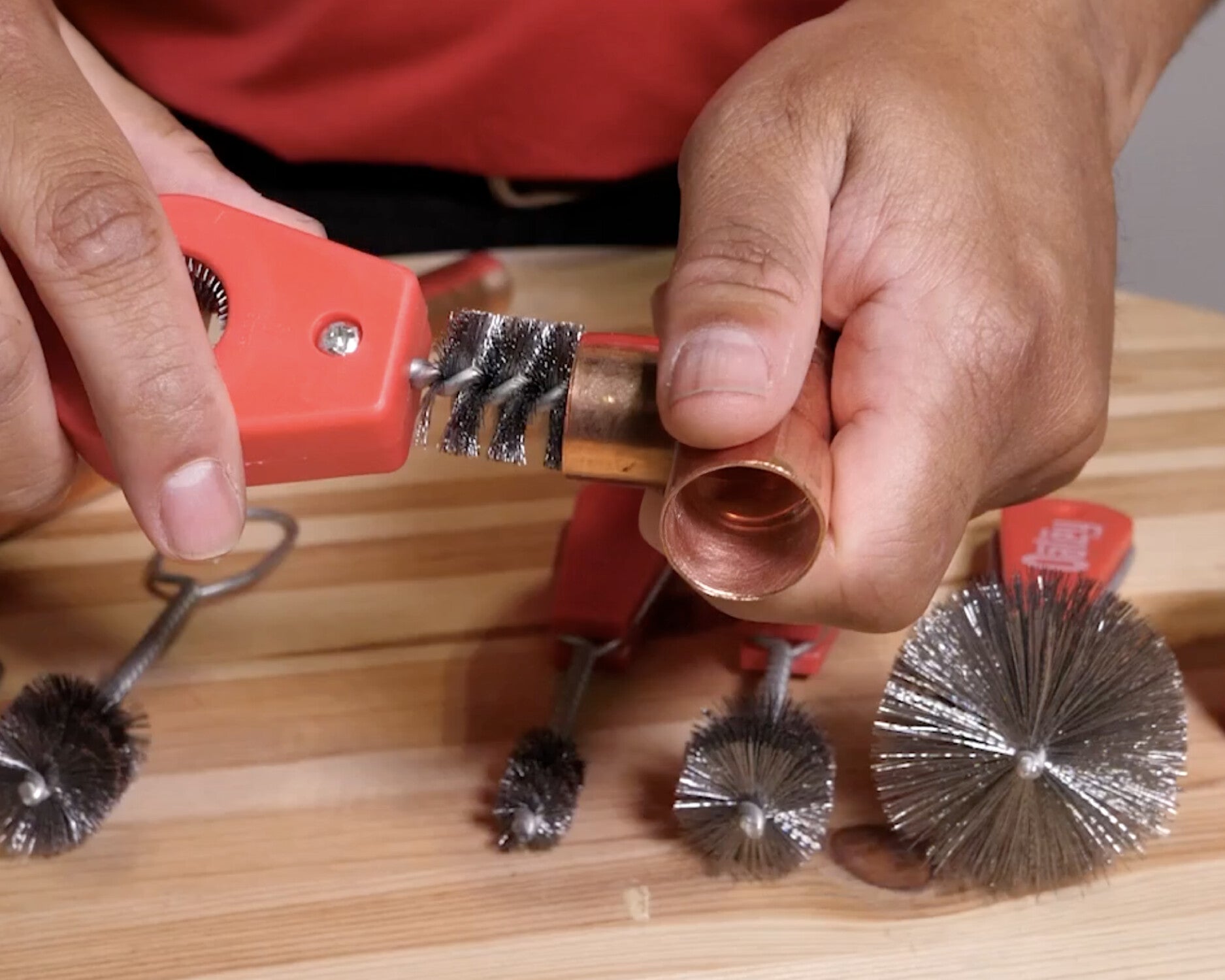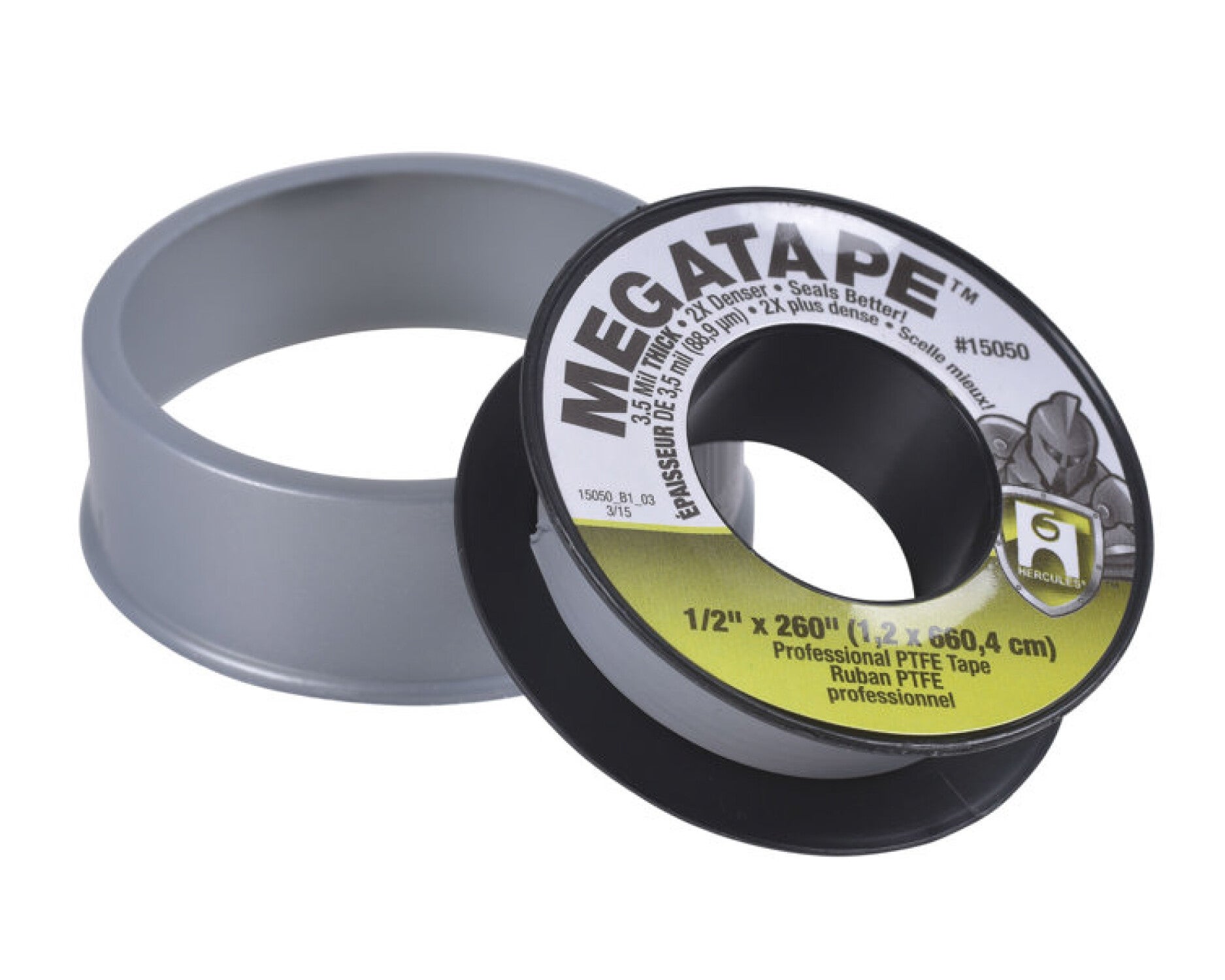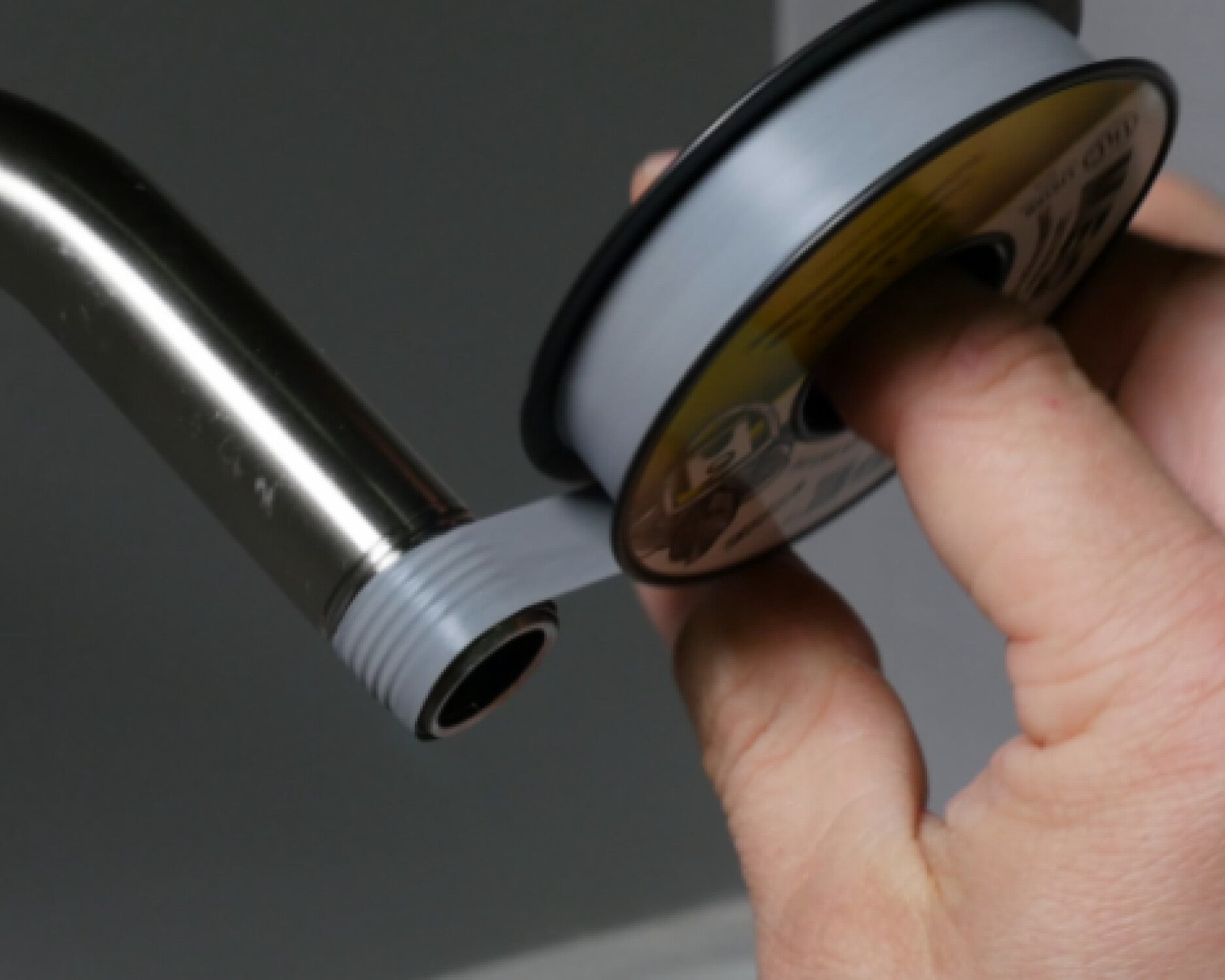Have you ever had a leaky faucet and wondered how to fix it without calling a plumber? Enter plumber’s tape, also known as PTFE (polytetrafluoroethylene) tape or Teflon tape. This simple tool is a must-have for DIY enthusiasts and homeowners looking to handle minor plumbing tasks.
What Does Plumber’s Tape Do?
Plumber’s tape, made from PTFE, is a thin tape specifically designed to create a watertight seal between threaded pipe joints. This ensures that plumbing connections remain free from leaks. Its versatility allows for use in various settings, from household repairs to industrial applications.
Commonly used for sealing threaded connections in pipes, valves, and fittings, plumber's tape is effective for water, gas, and air lines. It prevents leaks and guarantees a secure seal. Whether you're replacing a valve, fixing a leaking faucet, or installing a new showerhead, this tape will help you create a leak-free connection.
How to Apply Plumbers Tape

1. Choose the Right Plumber’s Tape for Your Project
When choosing tape, first decide whether you need general-purpose tape or a specific type. Many options are available, each with distinct benefits and features. Your selection should consider the pipe’s width, the application’s color requirements, and the chemical compatibility of the substance flowing through the line. Oatey offers a wide range of plumber's tape products in multiple colors, widths, thicknesses, and densities to meet your needs.
Oatey’s general-purpose PTFE tape is perfect for sealing threaded connections in various systems, including water, gas, and air lines. Some examples of Oatey’s general-purpose PTFE tapes include Hercules® Megatape and Oatey® FastTape™.
Different applications require different types of tape. For example, using general-purpose tape on gas lines may not be approved by your local code. Before applying any plumber's tape, check that your system and its materials are compatible with the tape.
Always choose the right tape for your specific task. You can find that information on the thread sealant container or check with the manufacturer.
For more information regarding the different types of plumber’s tape Oatey offers, check out this guide.

2. Prepare the Threads
Before applying tape, clean the male threads of the pipe with a wire brush or cloth to remove dirt, debris, or rust. This ensures the tape adheres properly and forms a tight seal. Remember, a clean surface is key to preventing leaks. Take the time to prep the threads properly before applying the tape.
3. Wrap the Tape Correctly
What Direction Do You Put on the Plumber’s Tape?
Start at the end of the pipe and wrap it clockwise around the threads, which is the same direction you'll screw the pipe into the fitting.
How Much Plumber’s Tape Should I Use?
Ensure the tape covers the threads completely, making two to three wraps for thicker tape and four to five for thinner options. Keep the tape taut as you wrap, and snap it off by pulling sharply.
Oatey Tip: Too much tape can cause stress to the fitting resulting in fitting failure. To avoid this issue, stick to the recommended number of wraps based on your tape’s thickness. If you're unsure, start with fewer wraps and test for leaks.
Since there are no cure times for plumber’s tape, you can thread your pipe immediately after taping.

If you are planning on using a pipe dope instead of plumber's tape, check out this guide on how to use pipe dope.
You can also check out this video to learn the proper way to apply PTFE thread sealant tape.
Plumber’s tape is an essential tool for anyone looking to tackle plumbing tasks with confidence. By using plumber's tape correctly, you can prevent leaks and maintain a functional, efficient plumbing system.
Happy sealing!